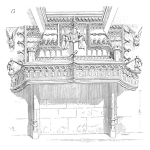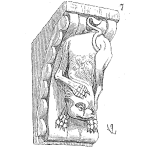
Traditionally RCA is only utilized after an event has occurred, so how can one call it proactive? This perception is explored through trying to understand the current paradigms that exist about RCA, what it is and when it is used. Do we really have to wait for an undesirable outcome to occur in order to use RCA? [Read more…]
 Oftentimes, plans and strategies are developed and implemented. Many times the implementation is handed off and the team left on their own to implement. And many of the times, the implementation fails or the results are not delivered.
Oftentimes, plans and strategies are developed and implemented. Many times the implementation is handed off and the team left on their own to implement. And many of the times, the implementation fails or the results are not delivered.











 Ask a question or send along a comment.
Please login to view and use the contact form.
Ask a question or send along a comment.
Please login to view and use the contact form.